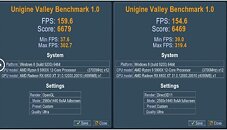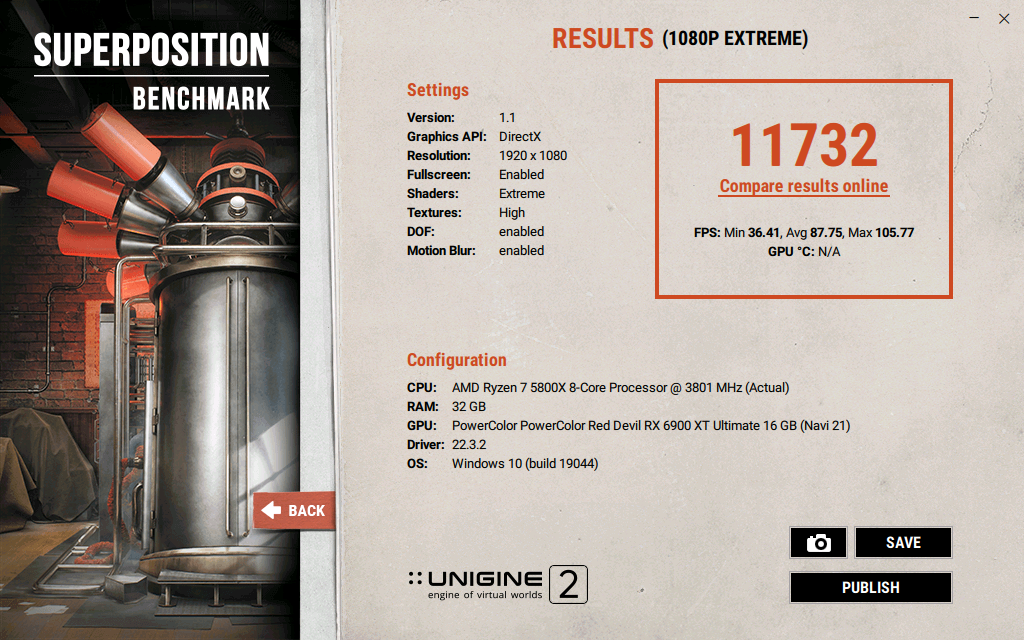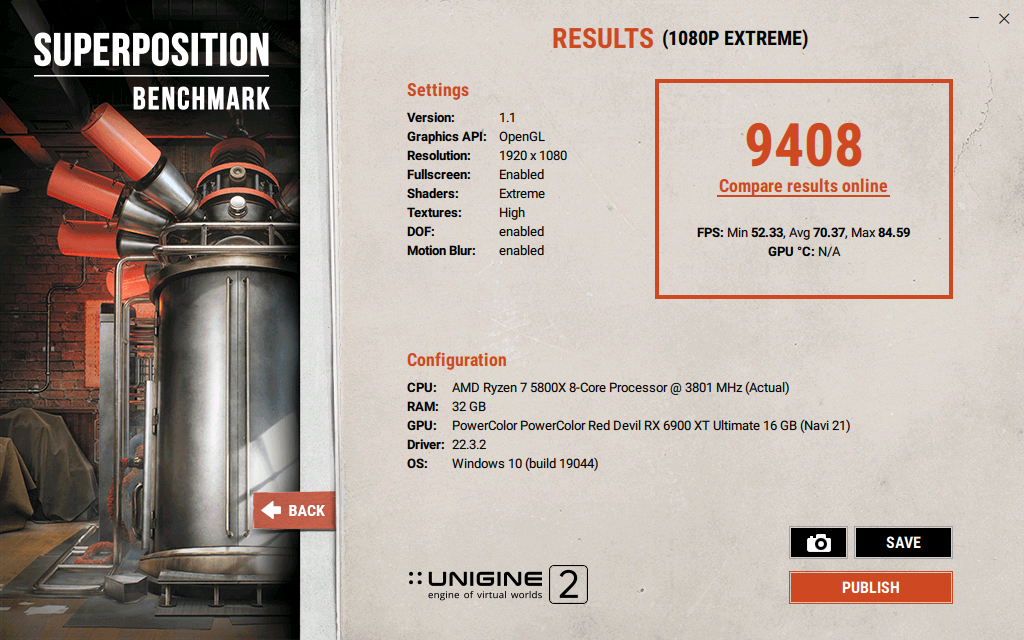- Joined
- Oct 9, 2007
- Messages
- 47,895 (7.38/day)
- Location
- Dublin, Ireland
| System Name | RBMK-1000 |
|---|---|
| Processor | AMD Ryzen 7 5700G |
| Motherboard | Gigabyte B550 AORUS Elite V2 |
| Cooling | DeepCool Gammax L240 V2 |
| Memory | 2x 16GB DDR4-3200 |
| Video Card(s) | Galax RTX 4070 Ti EX |
| Storage | Samsung 990 1TB |
| Display(s) | BenQ 1440p 60 Hz 27-inch |
| Case | Corsair Carbide 100R |
| Audio Device(s) | ASUS SupremeFX S1220A |
| Power Supply | Cooler Master MWE Gold 650W |
| Mouse | ASUS ROG Strix Impact |
| Keyboard | Gamdias Hermes E2 |
| Software | Windows 11 Pro |
AMD for long has been perceived as lagging behind NVIDIA in OpenGL API graphics performance, as is evident in synthetic benchmarks that let you choose between various APIs, such as DirectX 11, DirectX 12, Vulkan, and OpenGL. It's being reported that the company has made a technical breakthrough that could significantly improve OpenGL application performance, bringing Radeon GPUs on par with GeForce in GL applications. Besides a few old games, several productivity applications continue to use OpenGL, such as Adobe Creative Cloud suite; as well as certain 3D renderers.
AMD is incorporating its OpenGL performance enhancement in drivers bound for Windows 11 22H2 (the major release bound for the second half of 2022). With this release, Microsoft is debuting WDDM 3.1, and AMD is already out with a Preview driver meant for Windows Insiders, bearing version 31.0.12000.20010. A quick Unigine Valley benchmark run with the OpenGL renderer reveals an incredible 49.5% increase in frame-rates, bringing the RX 6800 XT sample to performance-levels you'd expect from the RTX 3080. An identical 49.5% frame-rate increase was seen in Unigine Superposition.



View at TechPowerUp Main Site | Source
AMD is incorporating its OpenGL performance enhancement in drivers bound for Windows 11 22H2 (the major release bound for the second half of 2022). With this release, Microsoft is debuting WDDM 3.1, and AMD is already out with a Preview driver meant for Windows Insiders, bearing version 31.0.12000.20010. A quick Unigine Valley benchmark run with the OpenGL renderer reveals an incredible 49.5% increase in frame-rates, bringing the RX 6800 XT sample to performance-levels you'd expect from the RTX 3080. An identical 49.5% frame-rate increase was seen in Unigine Superposition.



View at TechPowerUp Main Site | Source











